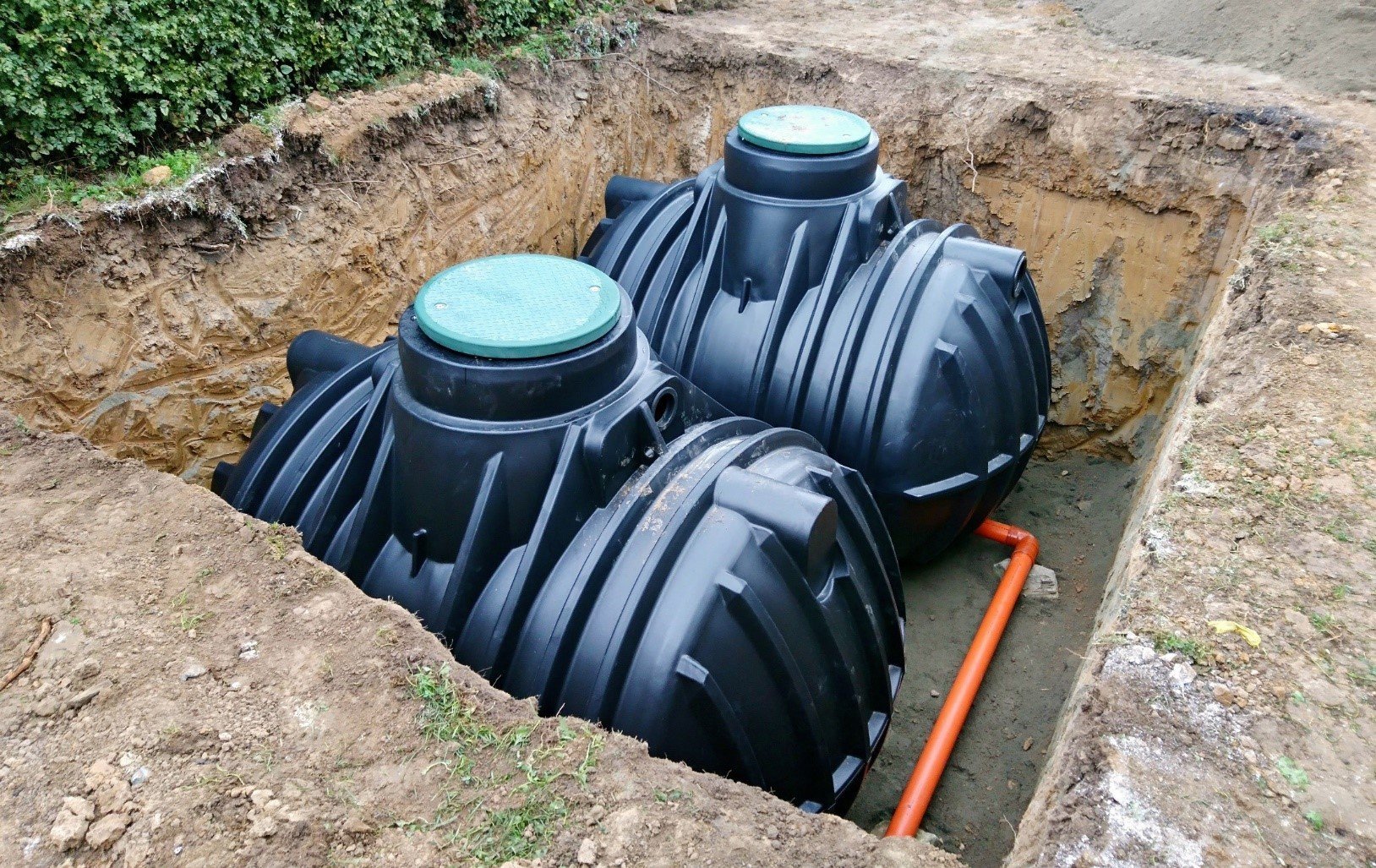4 Types of Septic Systems: Which Is Best for Your Home? Lets Compare.
If your home isn’t connected to a city sewer line, you’ll need a septic system to handle wastewater. But with several types available, how do you know which one is right for your property?
In this quick guide, we’ll break down the four most common types of septic systems, how they work, where they are best used, and what to consider when choosing.
1. Conventional Septic System (Gravel Trench System)
Best for: Homes with plenty of space and well-draining soil
This is the most traditional and widely used septic system. Wastewater flows from the home into a septic tank, where solids settle out. The remaining liquid, or effluent, is then distributed into a drainfield (also called a leach field) made of gravel trenches. The surrounding soil helps filter and treat the water naturally.
Pros:
✔ Simple and reliable
✔ Low maintenance
Cons:
✘ Requires a large, suitable yard
✘ Not ideal for poor or shallow soils
2. Chamber Septic System
Best for: Areas with limited gravel availability or delivery access
Instead of gravel, this system uses plastic chambers in the drainfield. These chambers provide space for wastewater to flow and slowly absorb into the soil. It works similarly to a conventional system but is easier to install.
Pros:
✔ Good alternative when gravel is hard to get
✔ Less labor-intensive installation
Cons:
✘ Still depends on good soil absorption
✘ Slightly more sensitive to overload
3. Drip Distribution Septic System
Best for: Sloped yards or shallow soil conditions
Drip distribution systems use small tubing buried just under the surface to slowly release treated effluent. A pump and dose tank help regulate the flow, making it ideal for properties where traditional drainfields won’t work.
Pros:
✔ Works well on tough or sloped terrain
✔ Low environmental impact
Cons:
✘ Needs electricity and pump maintenance
✘ Installation and repairs can be more expensive
4. Aerobic Treatment Unit (ATU)
Best for: Small lots, poor soil, or environmentally sensitive areas
This system adds oxygen to the septic tank to speed up the breakdown of waste. It acts like a mini wastewater treatment plant. After treatment, the clean effluent can be sent to a drip system, spray field, or other dispersal method.
Pros:
✔ Produces cleaner effluent
✔ Ideal where regulations are strict
Cons:
✘ Requires regular maintenance and inspections
✘ Needs electricity to operate
How to Choose the Right Septic System for Your Home
When deciding which septic system is best, consider:
Soil type and depth (get a percolation test)
Yard space and layout
Local codes and regulations
Your budget and long-term maintenance needs
Final Thoughts from the Clearwater Team
Each type of septic system has its pros and cons. If you have lots of space and good soil, a conventional system might be all you need. But if your land is tricky or your area has strict rules, systems like drip distribution or ATUs could be the better fit.
No matter which system you choose, regular maintenance is key—pump your tank on schedule, avoid flushing harmful items, and have your system inspected regularly to avoid costly problems.


